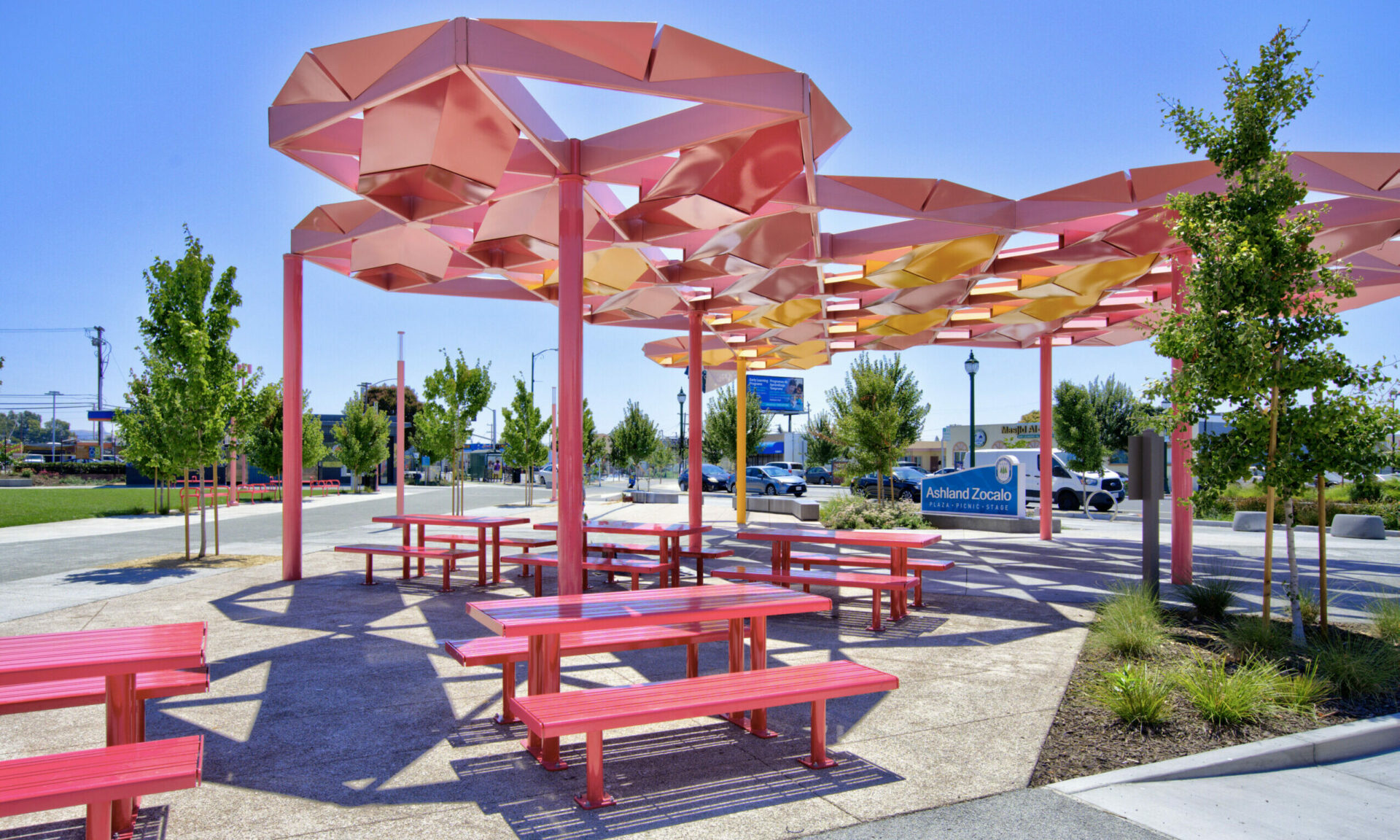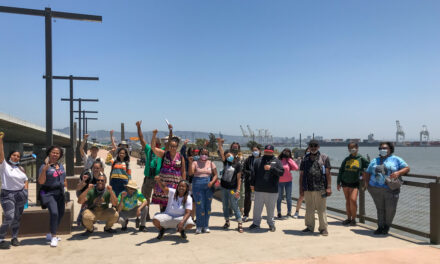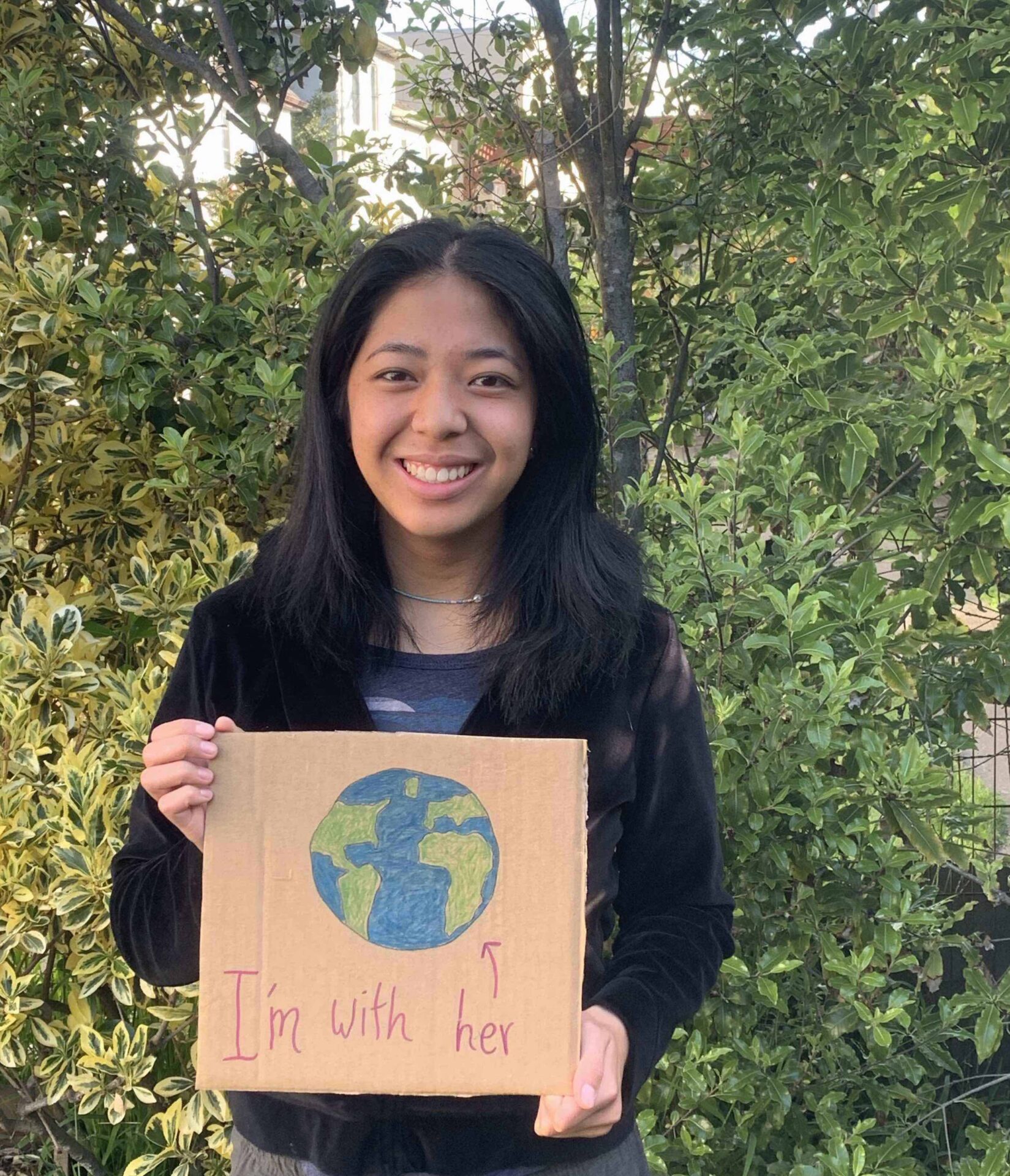Ashland Trades in Car Lot for Community Zocalo
The name “Zocalo” means “town square” in Spanish. The decision to add this name to one of the Bay Area’s newest parks, the one-acre Ashland Zocalo near San Leandro, reflects the intention of all who helped create the park to build a community gathering space.
Located on the corner of East 14th St. and 166th Ave., Ashland Zocalo sits in an unincorporated area of Alameda County that was identified by local government as in need of more park space per resident to be on par with the rest of the Bay Area. The Zocalo, which opened July 17, 2024, transformed a historic car dealership and used car lot into a place where people can gather and hold parties.
“People here see parks as extensions of their back or front yards,” says Kira Maritano, a senior program manager at the Trust for Public Land, one of three partners in the project.
The park features an enclosed children’s play area with wood chips and seats made from the stumps of non-native eucalyptus trees that were already slated for removal. Also, the park offers a play tower with a view all the way to the San Mateo Hills, bike racks, and a trail loop where children can ride their bikes without being on the street.
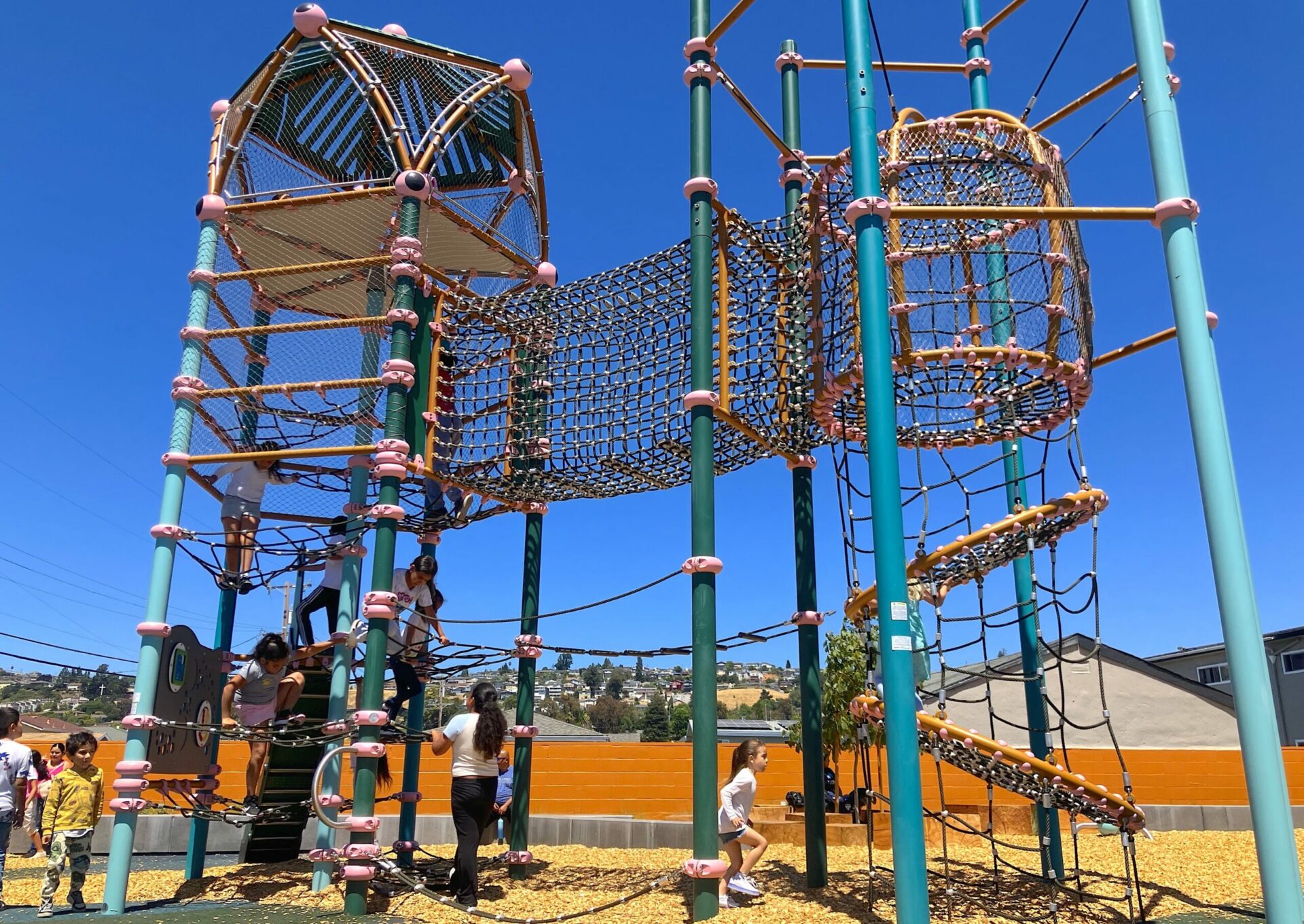
Photo: Jessie Fritzen
Safety was a prime consideration in park design. The park has a clear line of sight everywhere and limits the number of concealed areas. Even the bathroom is set up with safety in mind, with all the stall doors and sinks visible from the lawn and concrete walkways to give parents comfort in sending their children to the restroom.
“We want families and people of all ages to feel comfortable spending time here,” explains Maritano.
As well as providing a safe and welcoming community space, Ashland Zocalo’s designers, funders, and managers also strove to design an ecologically sustainable park. They chose materials and plant species that would be eco-friendly and help visitors continue to enjoy the space as weather gets hotter.
Designing with the Community
The area of Ashland around the park is one of the Bay Area’s more densely populated. There are many intergenerational households and apartment buildings.
“We built a space for a very tight community, really their neighborhood living room,” says Shamila Jensen, a marketing manager with Wallace, Roberts and Todd, the landscape design firm that laid out the new park.
For WRT, TPL and other partners in the park project, community input was foundational. One of their major goals was to build the kind of park people wanted and would visit. They reached out to the community by posting flyers and sending information home to families through a local school.
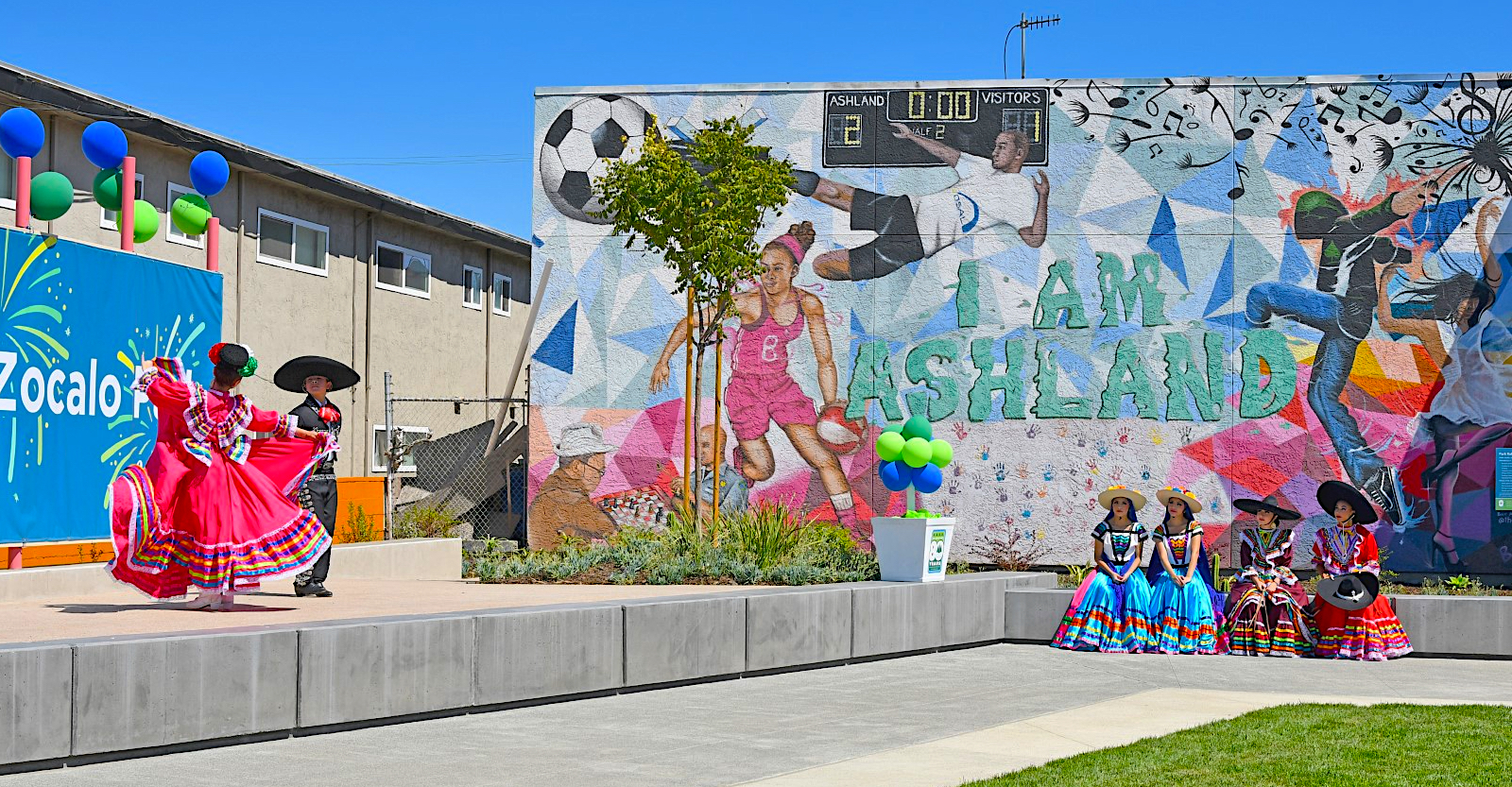
Opening day festivities with the existing Ashland town pride mural as backdrop. Photo: WRT
“Sometimes people have preconceived ideas of what a park is,” says Peter Trio of WRT. “And we wanted to get beyond that and build what the community needed.”
Many in the area speak Spanish as a first language, so one of the first community events to assess neighborhood interest in the park was held in Spanish, with English as a secondary option.
“We held a series of public meetings to ask the neighborhood what they wanted in a park,” says TPL’s Maritano. “We translated our surveys into different languages, and offered snacks and childcare.”
Designing for Health and Climate Resilience
There’s a vibrantly-colored shade structure in the middle of the park (see top photo), anchoring the space as a town landmark on East 14th, Ashland’s main street. Making the Zocalo clearly identifiable, it highlights the park’s new role as a civic center for Ashland.
Many other aspects of the park enhance its aesthetic appeal while embracing local ecology in a climate-resilient way.
The concrete under the shade structure is pervious, absorbing rainfall and water from misters, which were installed as a way for park visitors to cool off as our summers get hotter. (In winter, porous concrete also helps stormwater and pollutants percolate down into soil layers rather than causing flooding or running off into creeks and the Bay.)
Also, the concrete allows space for the roots of ginkgo and maple trees, which will burst out in vibrant yellows and greens in the fall. These trees will provide shade and complement the colors and look of the street’s other trees, which are growing in medians. WRT installed Silva Cells to hold up the concrete pavement while leaving plenty of uncompacted soil under the trees for their roots to expand.
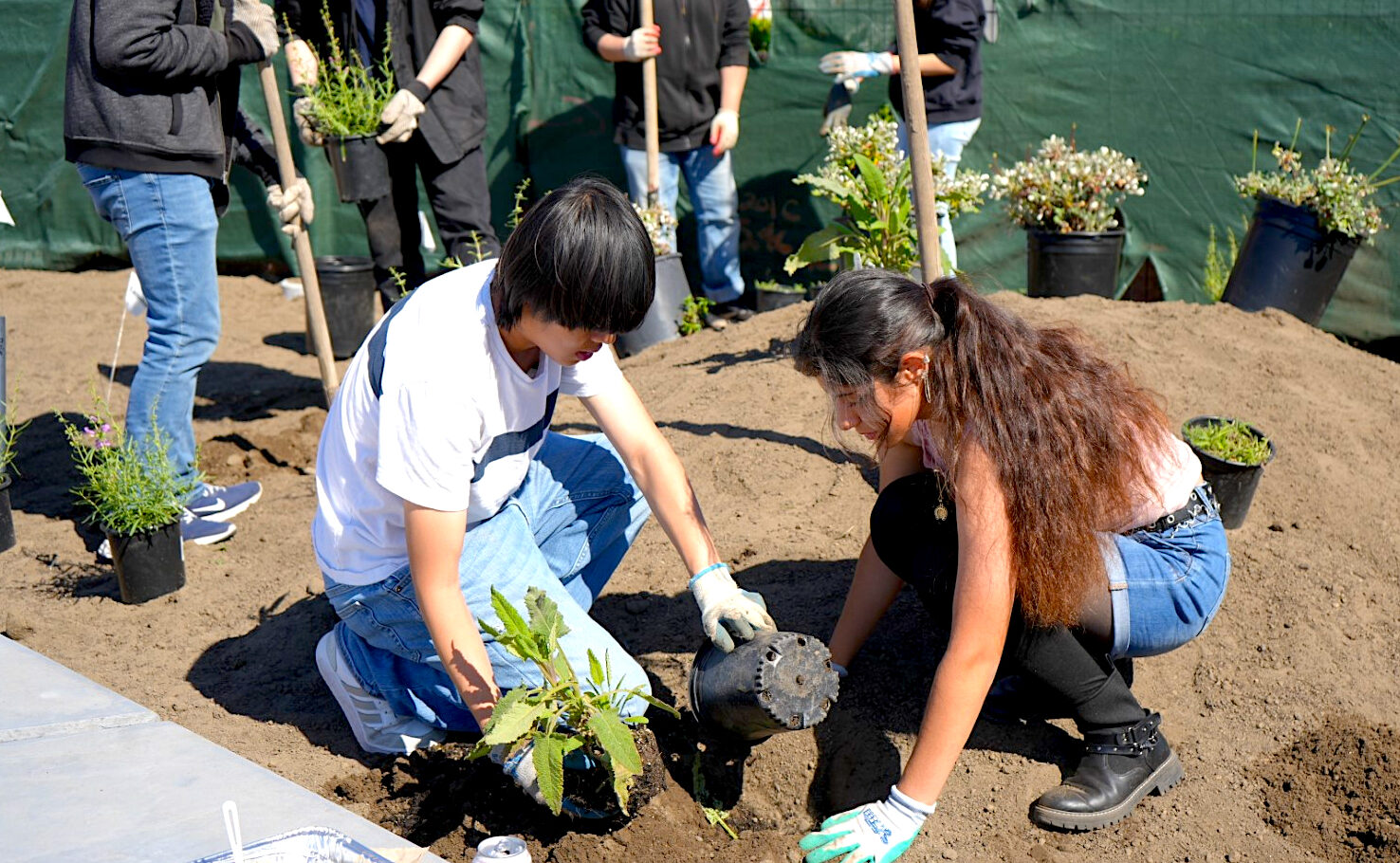
Planting day with San Lorenzo High School Druids Club. Photo: WRT
Near the restrooms, the park also features a demonstration garden with California native plants, such as yarrow, hummingbird sage, San Miguel Island buckwheat, and a native coffeeberry.
San Lorenzo High School’s student ecology club, the Druids, selected the plantings for the demonstration garden and participated in the design and installation.
The rest of the park’s foliage was also mindfully chosen.
“These plants are selected to do well in hotter weather with limited water needs,” says WRT’S Jensen. “Some are locals, others are native to southern California and northern Mexico.”
Park visitors can also appreciate a large existing mural celebrating the Ashland neighborhood, and a new mosaic created by an artist living in the area. The mosaic contains animals and abstract designs in various colors and is intended to convey the neighborhood’s rich cultural diversity.
WRT was excited to manage the entire process of park creation, from gathering community input to construction. This enabled them to ensure that each piece of the local residents’ vision became a reality.
“Otherwise, it’s all too easy to see pieces dropped along the way in a multi-year process,” says Trio.
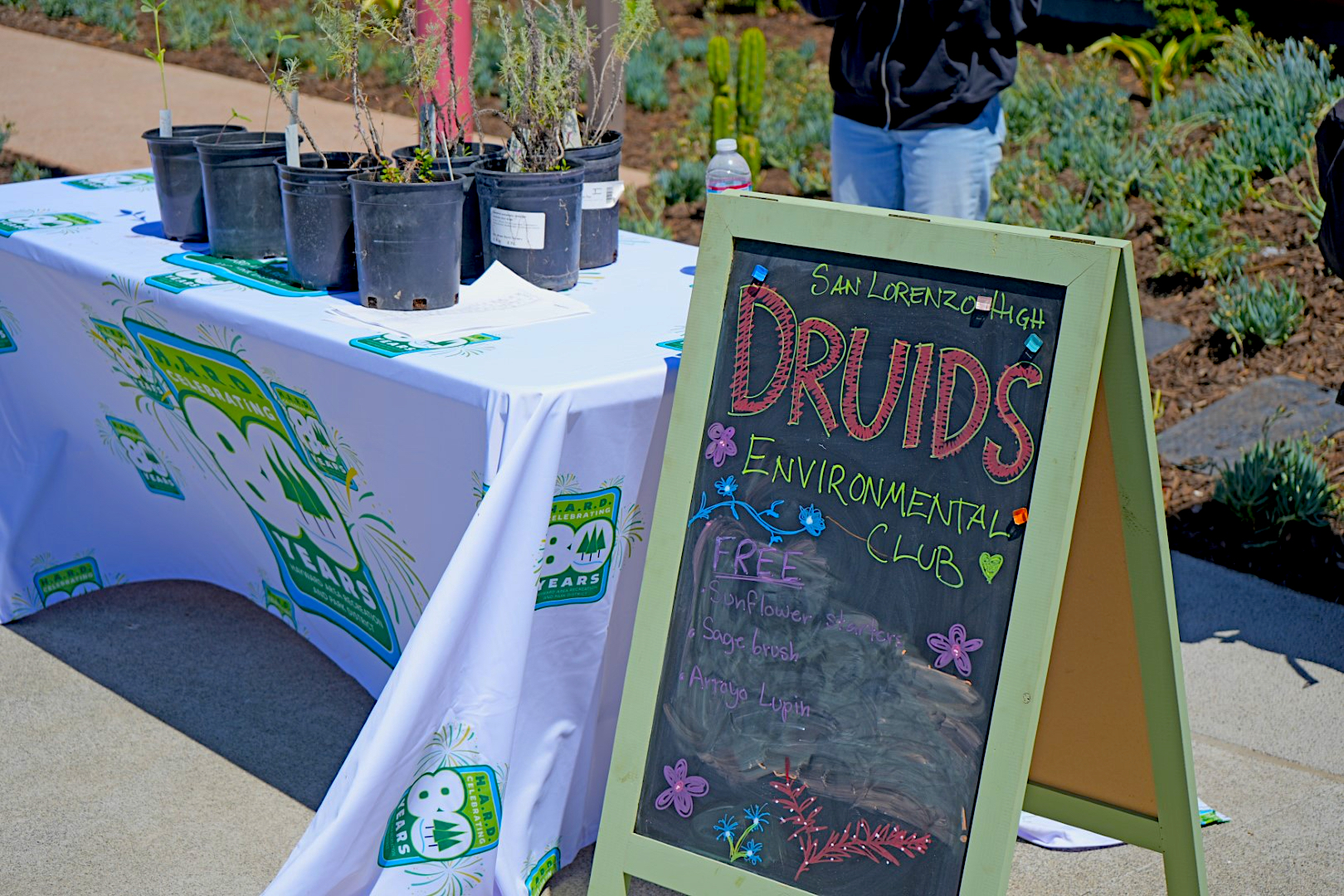
Plants chosen by local high schoolers. Photo: WRT
This park is also bringing Ashland’s residents relief from the heat caused by climate change.
“One major, well-studied benefit of parks and greenspace in reducing the effects of climate change is their role in reducing the heat island effect on urban communities,” says Meghan Tiernan, a development director with the Hayward Area Recreation and Park District, another important project partner.
Some large parks have been shown to reduce certain communities’ temperatures by as much as 17 degrees. Parks can also improve air quality and reduce flooding.
Designing with Partners
Many of California’s unincorporated communities have a history of being under-resourced compared to their neighboring cities. Ashland’s local activists and community leaders raised the issue of parks in Ashland and campaigned for the park to get built, and TPL, WRT, and HARD got on board and helped make this happen.
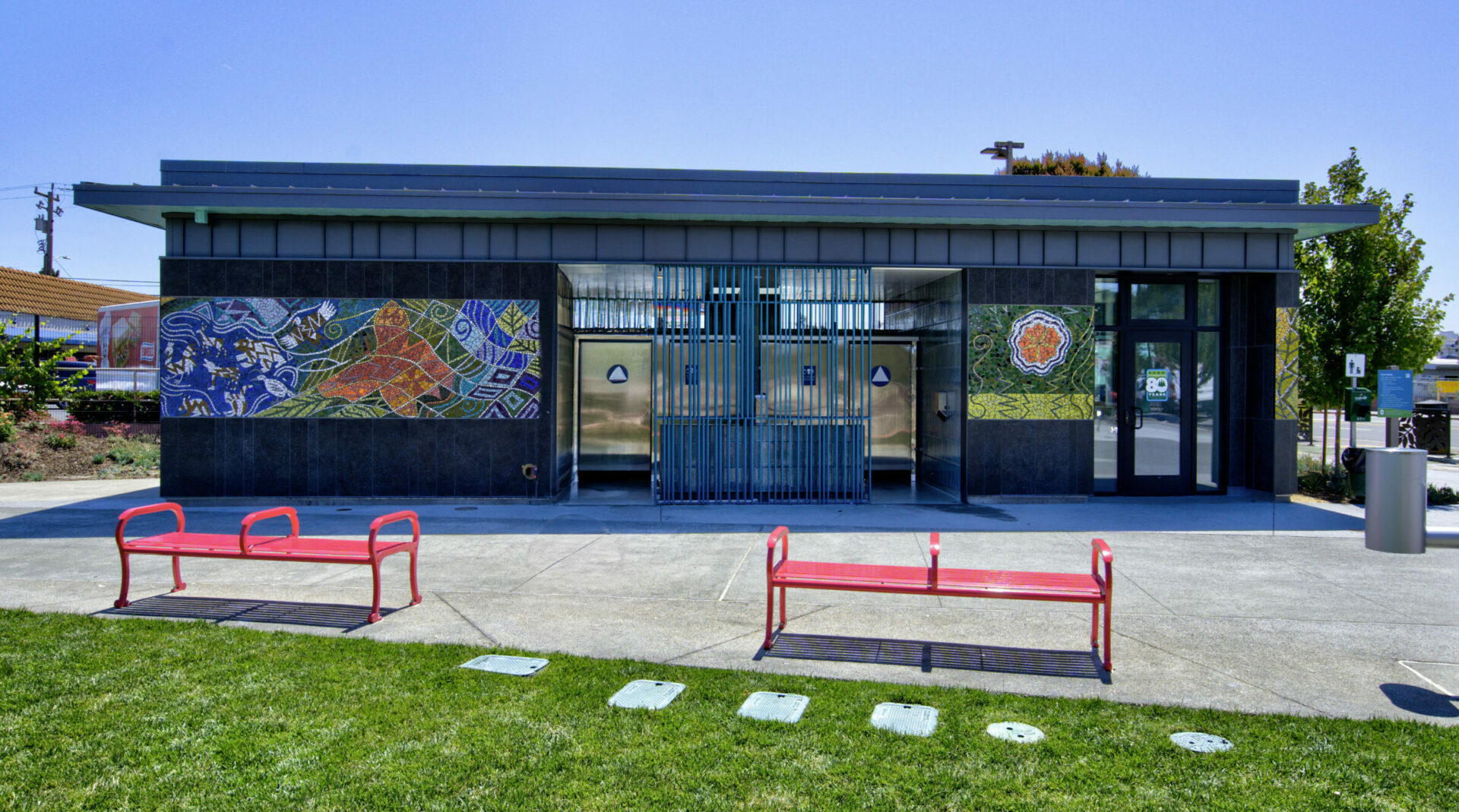
New restrooms, mural and demonstration garden at far left. Photo: WRT
The TPL helped secure a grant from statewide funds raised through 2018’s Proposition 68 for the funds to build the Ashland Zocalo. The Park District also passed a $250 million Measure F1 Bond in 2016, with a priority of expanding park and recreation opportunities across the District. The project also made a point of choosing a local contractor. The Ashland Zocalo park construction was completed by Suarez and Munoz Construction, and will be managed and maintained by HARD.
While this community Zocalo will provide a space for neighbors and friends to joyfully gather and stay cool, nearby communities are still starved for green spaces.
“Our goal is to ensure all residents have access to a park within a 10-minute walk,” says Tiernan.






